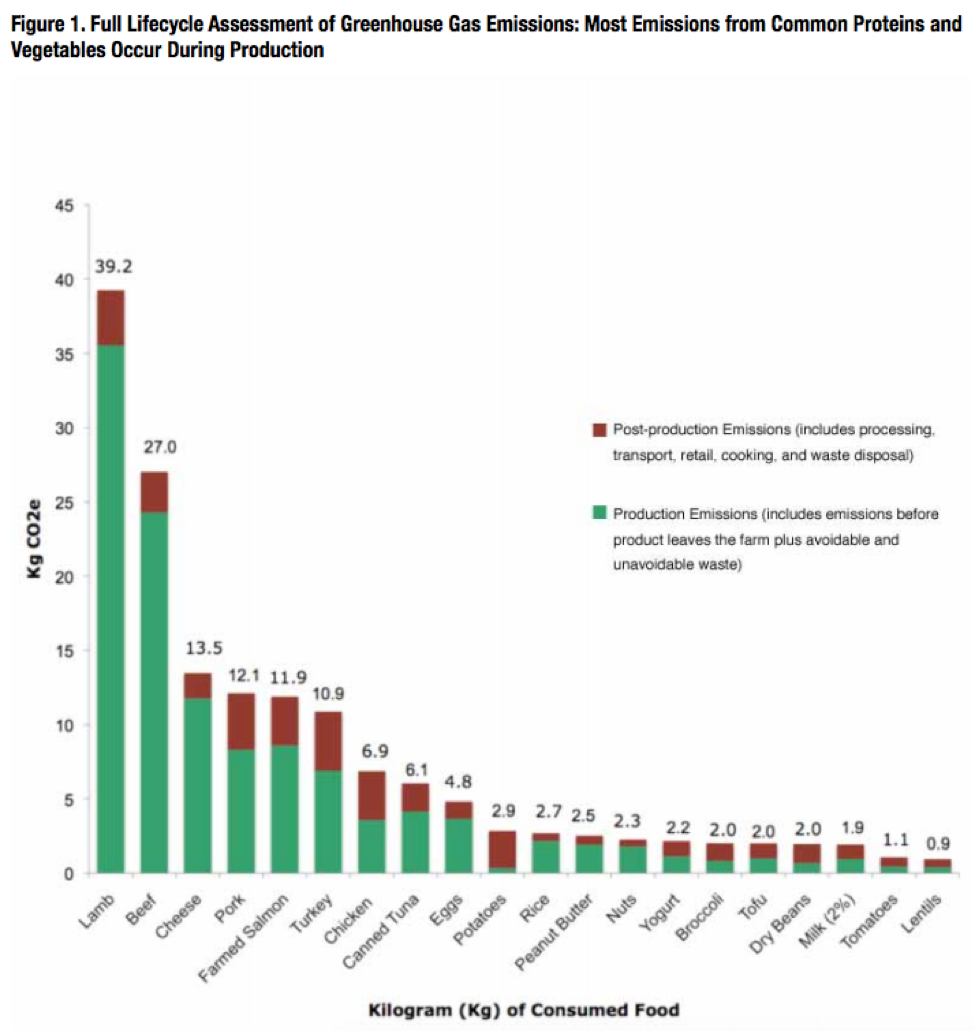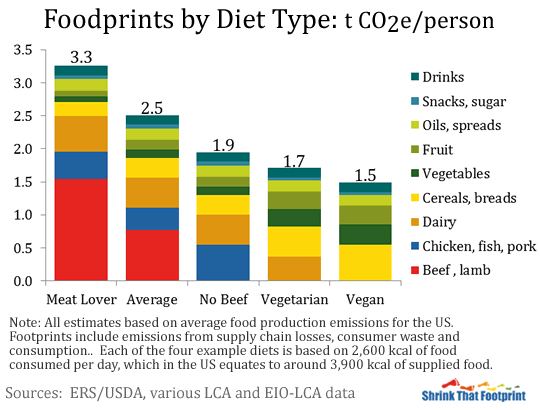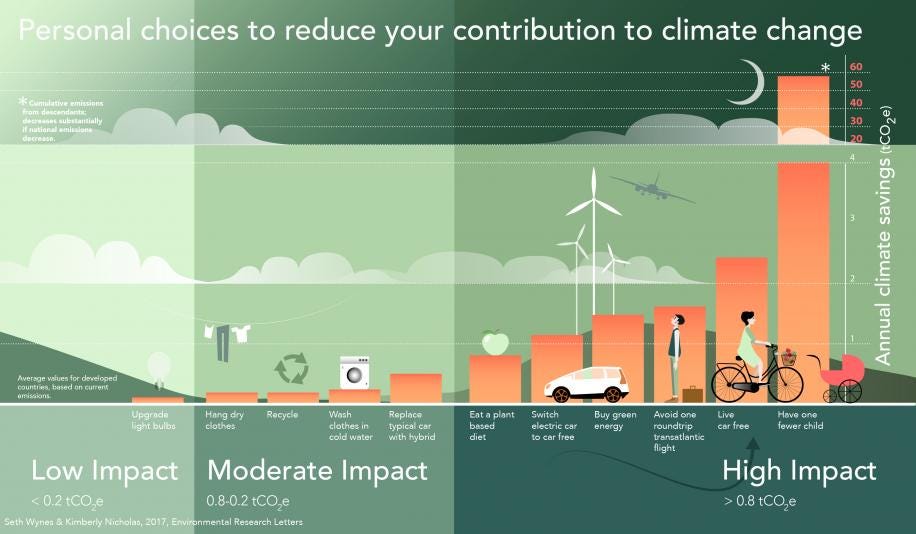How Many Beef Burgers Are the Equivalent to Air Flying
Burgers, flying & carbon footprint
You take that first bite of the perfectly cooked medium-rare juicy burger. You hit "confirm" to book a last-minute flight to the Canary Islands to escape the bleakness of a Parisian winter. It just feels so damn good. And that's ok, sort of…
I work in a solar company, I live in a small city apartment and bicycle is my main mode of transportation. I don't have a gas-guzzling car, I don't have an air conditioner, and I make a concerted effort to buy in-season, local and organic food. I'd say I'm pretty conscientious about my energy consumption and carbon footprint.
I think I can say the same about my friends. But…
We like burgers.

And, as an American living in Paris, I consort with quite an international crowd. As you can imagine…
We like to travel. And we love to travel by airplane.
You might have already heard (and have tried to push it out of your conscious thought), but in terms of carbon footprint…
Flying is terrible!
So before we jump on an airplane, let's see if we can do things a bit more intelligently. First, some perspective.
I love my burgers
Cutting down on meat (and dairy!) can have a big impact on your carbon footprint. Especially lamb and beef. If you can believe it, chicken is actually not that bad. Its carbon footprint is even lower than that of cheese.
Check out this graph to compare the number of kgCO2 emitted in producing 1kg of each type of meat or food. In terms of carbon footprint alone, we can make a big impact by going meatless. Or even transitioning from beef to chicken.

Burgers or flying, what's worse?
So, how does eating meat compare with flying? By looking at the chart below, we can see that on an annual basis, a meat-lover turned vegetarian can cut about 1.6 tCO2/year. She will cut her food carbon footprint by half!

To put this in comparison with flying, cutting out meat for a whole year (1.6 tCO2) is the equivalent to …
ONE direct round-trip from Paris to San Francisco!
If you're not much of a traveler, this might not shock you. But I know people who fly on a WEEKLY basis. And people who will easily do a transatlantic trip for the weekend without thinking twice because they found a good deal (Oops. Me.).
Now, it's always complicated to do exact comparisons of carbon emissions from flying because a lot can vary based on assumptions (type of airplane, occupancy rate, flight distance, etc…). But here are some average estimates to have in mind:
- Paris-SFO roundtrip: 1.6 tCO2
- Paris-NY roundtrip: 1 tCO2
- Paris-Marseille roundtrip : 0.132 tCO2
So, what to do? Think twice.
Let's repeat: cutting out meat for a year is the equivalent to doing one less Paris-SFO trip (1.6 tCO2). And to provide more context, the average French person has a total carbon footprint of 4.6 tCO2 per year. The average American, 16.5 tCO2 per year(!). Even though the average American has a carbon footprint 4x that of the average French person (we'll leave that for another article), in both cases, a transatlantic flight represents a significant part of the average person's total carbon footprint.
I'm not suggesting that we should all stop traveling or stop taking airplanes.
Traveling is important and enriching — to discover and explore new places, to be with family and friends, to experience new cultures and sites. Being there is definitely different from talking over Skype, or looking at pictures.
But just think twice.
Here are some tips summed up nicely in a New York Times article:
- Fly less. Instead of flying home twice a year, make one longer trip per year. Try to combine visits. See if there are alternative ways of traveling that might be less carbon intensive (see below about trains).
- Offset your travel. Reforestation is not the end-all solution but yes, if you plant trees (about 5–10 per tCO2), you can offset travel carbon emissions.
- Take direct flights. The most fuel-intensive part of an airplane trip is the take-off and landing. So a trip with a layover as compared to a direct flight will double that carbon-intensive aspect of flying.
What about short-distance flights?
Living in France or Europe, I want to hammer this home: we really should NOT be flying short distances. I'm talking about a flight where there is a train alternative that is 5 hours or less.
The train is 10x less carbon-emitting than the airplane (at least in France). And so much more comfortable and convenient. The airplane will often win over the train for short distances in terms of price. But just think about the value of that extra 50 euros that the train will cost over the airplane for a Paris-Marseille flight. Lower emissions, more comfort, and let's be honest, it probably WILL end up being cheaper if you take in consideration time and commuting (to/from airport) costs!
Let's just be more aware.
Forget about numbers for a second and just step back. We are intelligent beings. I'm not saying to stop flying or stop eating meat.
Let's all just be more aware. About flying. About eating meat. And other ways that we are consuming and living and how they impact our environment. This interesting article gives a really good overall perspective on various lifestyle choices and which ones can have the greatest impact: eating a plant-based diet, avoiding air travel, living car free, and having fewer children.

This awareness can help us make more deliberate decisions about what is important to us and what we value. If we decide to cut down on meat, it'll make that occasional burger taste all the better. If we jump on a plane, we know that we did so after evaluating all the options for doing it in the most efficient way possible.
Eat that delicious juicy burger, take that exciting flight to the Canaries, but try to do it with some extra thought and perspective.
mysliwieccaece1992.blogspot.com
Source: https://medium.com/@alkidel/burgers-flying-carbon-footprint-7094d8f966bb
0 Response to "How Many Beef Burgers Are the Equivalent to Air Flying"
Enregistrer un commentaire